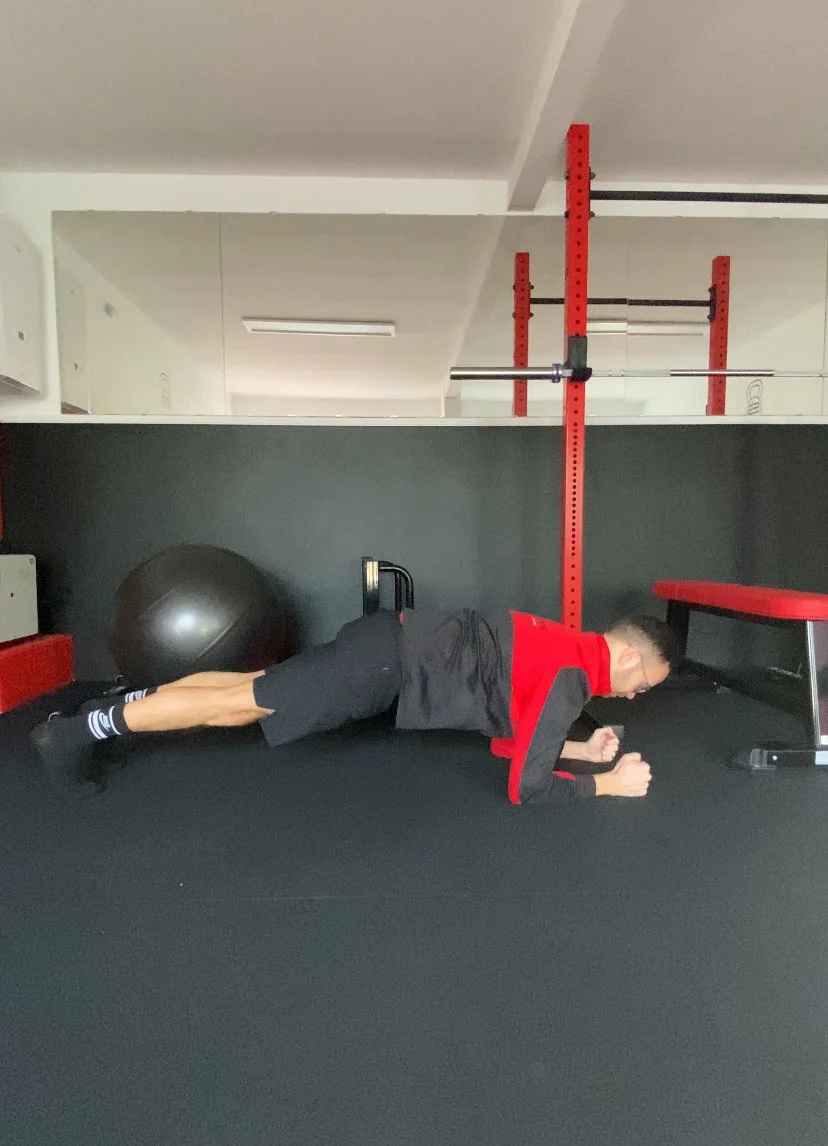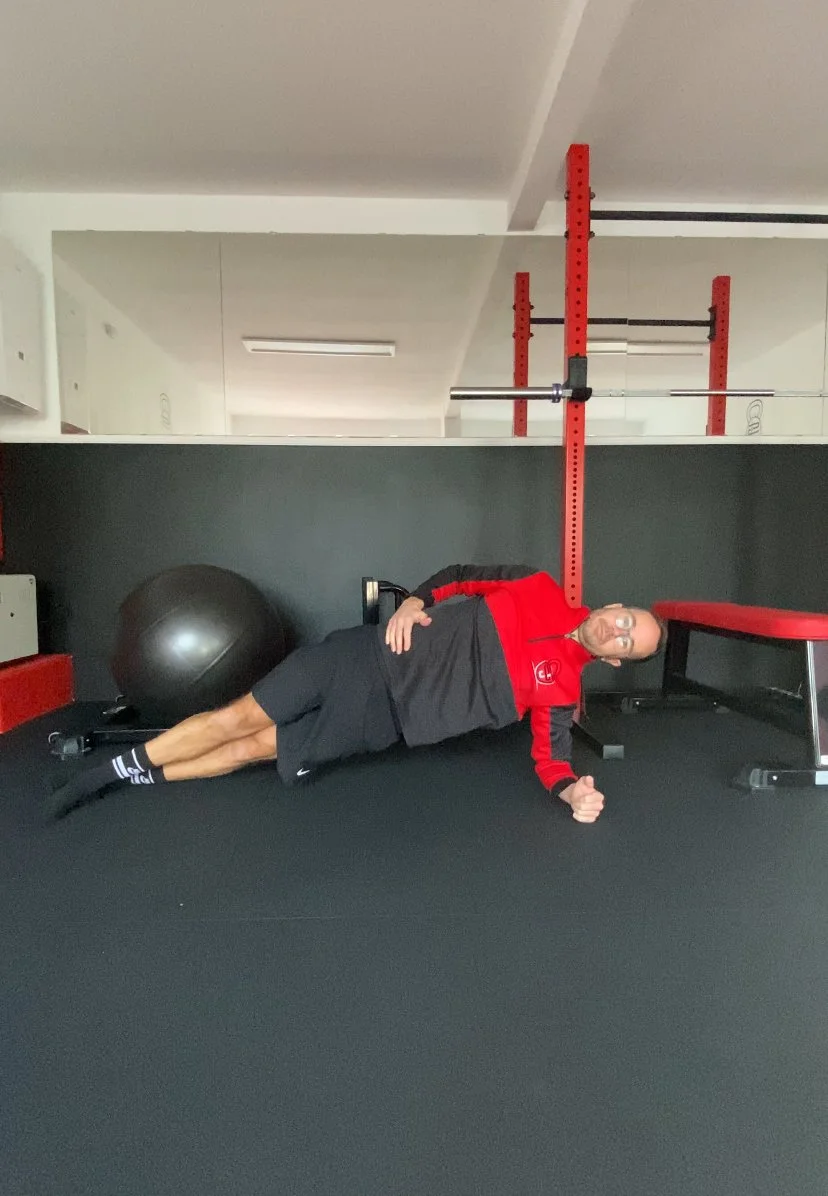The Power of Planks: Building Core Strength and Stability
Side plank and traditional plank exercises are powerhouse movements for developing a strong and resilient core. These foundational exercises offer numerous benefits, with their impact extending beyond the core muscles to enhance overall strength, stability, and functional fitness.
First and foremost, planks target multiple muscle groups simultaneously, engaging the rectus abdominis, obliques, and transverse abdominis. The side plank, in particular, places extra emphasis on the obliques, which are crucial for rotational and lateral movements. Strengthening these muscles contributes not only to a sculpted midsection but also to improved posture and reduced risk of lower back pain.
One of the standout advantages of planks lies in their versatility and adaptability. Whether you are a beginner or an advanced fitness enthusiast, planks can be modified to suit your current fitness level. Progressions can be made by increasing the duration, adding variations like knee-to-elbow touches, or incorporating instability tools such as a stability ball. This scalability makes planks accessible to individuals at various fitness levels, ensuring inclusivity in workout routines.
Furthermore, mastering planks lays a solid foundation for other exercises and activities. The core serves as the body’s centre of gravity, and a strong core is essential for maintaining balance during dynamic movements. Athletes in sports like basketball, tennis, and martial arts benefit greatly from the stability gained through plank training, enhancing their agility and performance.
Planks also contribute to improved spinal alignment and endurance. As the muscles supporting the spine are strengthened, the risk of injuries related to poor posture or excessive strain is minimised. The isometric nature of planks helps build endurance, which is essential for activities that require sustained effort, such as long-distance running or extended periods of standing.
In addition to the direct benefits for the core, planks engage a range of secondary muscle groups, including the shoulders, back, and legs. This comprehensive engagement fosters a holistic approach to fitness, promoting overall strength and coordination.
In conclusion, side planks and planks, in general, are fundamental exercises that should be staples in everyone’s fitness routine. Their effectiveness in targeting the core, improving stability, and providing a scalable challenge makes them invaluable tools for individuals of all fitness levels. By perfecting the plank, individuals pave the way for enhanced athletic performance, reduced injury risk, and a sculpted, resilient core. Incorporating these exercises into your regular routine is a small investment that pays significant dividends in your overall health and fitness journey.


